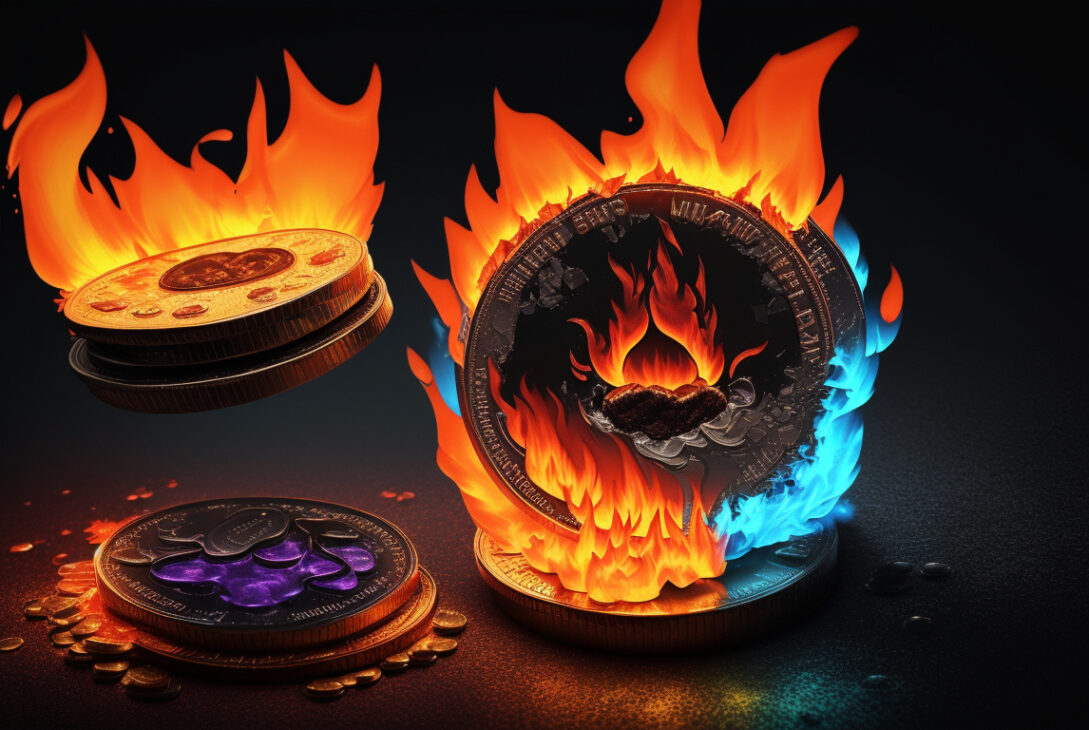In the digital asset world, crypto inflation matters. Investors—new and seasoned—need to grasp this concept. Crypto inflation means tokens are born and enter circulation. This creation process links directly to token supply and value.
This article links ideas: what crypto inflation is, how it happens, and why it matters for your portfolio.
────────────────────────────
What Is Crypto Inflation?
Crypto inflation measures how tokens increase over time.
• Bitcoin holds a fixed cap; its inflation slows by halving rewards.
• Other coins—their supply grows via mining or staking rewards.
Here, new tokens join the network. This joining dilutes old tokens if demand does not rise equally.
────────────────────────────
How Crypto Inflation Differs From Traditional Inflation
Both inflation types connect with supply increases. Yet they differ in control and transparency.
• Supply Cap: Many coins have a clear upper limit (e.g., Bitcoin).
• Transparency: Blockchain data connects every user to live totals.
• Protocol Rules: Inflation adjusts by hardcoded rules, not human choices.
These links help investors assess risk in crypto assets.
────────────────────────────
Mechanisms Behind Crypto Inflation
Crypto models connect to inflation in several ways:
-
Proof-of-Work (PoW) Rewards
Miners earn new coins by validating blocks. This reward connects to a programmed reduction over time. -
Proof-of-Stake (PoS) Rewards
Validators lock coins to secure the network and earn tokens. Here, inflation ties to staking yields and participation. -
Token Minting and Burning
Protocols mint tokens under set rules. They also burn tokens. This process connects issuance with supply control. -
Stablecoin Issuance
Stablecoins aim for price steadiness. Their issuance links to supply but does not typically spark inflation.
────────────────────────────
Why Crypto Inflation Matters for Your Investments
Inflation connects directly to token purchasing power and scarcity.
• Dilution: A rising token supply can lower each token’s value.
• Yield Incentives: Inflationary rewards link to staking and liquidity gains.
• Market Dynamics: Inflation touches investor sentiment and price swings.
• Scarcity: Fixed or low inflation creates hard limits that may drive prices up.

────────────────────────────
Strategies to Manage Crypto Inflation Risks
Investors can tie strategies to control inflation impacts:
1. Diversify Across Inflation Profiles
Mix fixed supply coins (like Bitcoin) with inflationary tokens that offer staking yields.
2. Stake or Participate as Validators
Earn rewards that connect to inflation and offset token dilution.
3. Monitor Supply and Emission Rates
Keep updated on protocol links: forks, upgrades, or policy changes can shift inflation rates.
4. Focus on Utility and Adoption
Strong network use and growing user bases connect with sustained token value.
────────────────────────────
Common Crypto Inflation Terms to Know
• Halving: Events where mining rewards fall.
• Emission Rate: The speed at which tokens join circulation.
• Token Burn: A method to remove tokens from circulation.
• Staking Yield: The return from holding tokens in a PoS network.
────────────────────────────
Quick Summary: Crypto Inflation Essentials
• Crypto inflation increases token supply.
• It happens via mining, staking, or controlled minting.
• Inflation rates differ among cryptocurrencies.
• Managing inflation risk is key to durable digital returns.
────────────────────────────
FAQ: Crypto Inflation Insights
Q1: What causes crypto inflation?
A1: New tokens enter circulation as rewards for miners or validators. Protocol rules connect issuance to inflation.
Q2: How does crypto inflation affect my digital investments?
A2: Inflation can lower token value if supply rises but also links to yield gains via staking.
Q3: Are all cryptocurrencies inflationary?
A3: No. Some coins cap supply or include burning mechanisms to reduce inflation.
────────────────────────────
Authoritative Insight on Crypto Inflation
The International Monetary Fund (IMF) marks that understanding crypto inflation connects supply with network growth. This link is vital for balancing issuance and adoption.
────────────────────────────
Conclusion: Take Control of Your Crypto Investments by Understanding Inflation
Crypto inflation binds closely with token supply and value. Understanding its mechanics connects you to better investment decisions. Whether you hold Bitcoin, stake Ethereum, or explore emerging tokens, knowing inflation helps. Evaluate your asset’s inflation links and consider staking or diversification. This strategy ties directly to enhancing returns and guarding against dilution.
Ready to strengthen your crypto portfolio? Start by linking your analysis of token inflation to your strategy today, and let your digital wealth grow.










